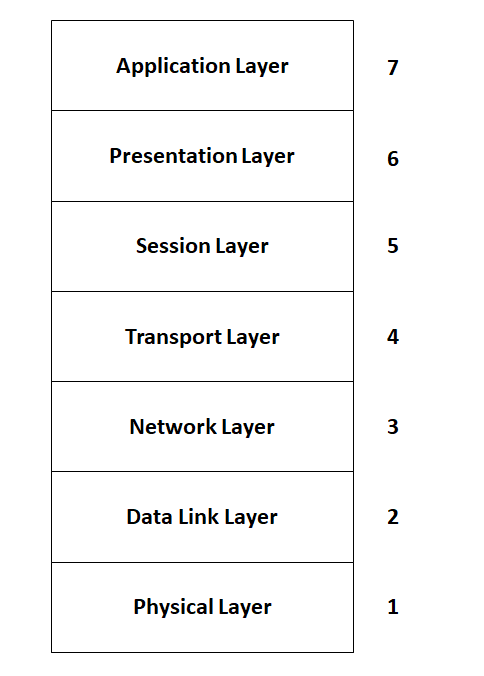Understanding the OSI Model: The Backbone of Networking
In the interconnected world of today, seamless communication between devices is essential. Yet, have you ever wondered how a smartphone can send a file to a computer, or how your favorite website loads despite using different technologies? Enter the OSI Model, a foundational framework in the realm of networking.
Think of the OSI (Open Systems Interconnection) model as a universal translator—a guidebook that ensures devices can “talk” to each other, no matter their underlying design or purpose. It standardizes communication, allowing data to flow smoothly across networks.
Why Is the OSI Model So Important?
For networking professionals, the OSI model is more than just a theoretical concept—it’s a practical tool. Here’s why it matters:
- Troubleshooting Made Easier:
Imagine trying to fix a car without knowing its parts. The OSI model gives network engineers a structured map, helping them pinpoint and resolve issues at specific levels, like addressing hardware problems or software glitches. - Simplifying Complex Networks:
Designing a network can feel like solving a massive jigsaw puzzle. The OSI model breaks the complexity into manageable layers, ensuring every piece fits perfectly to support smooth data flow. - Universal Communication:
With its standardized approach, the OSI model ensures that devices from different manufacturers can communicate without hiccups. It’s why you can stream music from a server halfway around the world or share files with a colleague across the office.
A Quick Dive Into the Layers
The OSI model consists of seven distinct layers, each playing a unique role:
- Physical Layer: Deals with raw data transmission (think cables and signals).
- Data Link Layer: Ensures error-free data transfer between adjacent devices.
- Network Layer: Determines the best path for data (e.g., routing).
- Transport Layer: Manages reliable data delivery.
- Session Layer: Establishes and maintains communication sessions.
- Presentation Layer: Formats data so the application layer can understand it.
- Application Layer: The closest to the user, handling software interactions (e.g., web browsers).
Each layer interacts with the one above and below it, like building blocks working together to complete the structure.
Fun Fact About the OSI Model
Did you know the OSI model was born in the 1980s? Despite its age, it’s still a cornerstone of networking education and practice. Its layered design remains a timeless framework for modern networking challenges, proving that some ideas truly stand the test of time.
Why It’s Relevant Today
As we continue to adopt cloud computing, IoT, and other cutting-edge technologies, the principles of the OSI model guide us in making these systems work together. Whether you’re a tech enthusiast or a seasoned IT professional, understanding the OSI model gives you a solid foundation for navigating the complexities of modern networks.
By mastering the OSI model, you don’t just learn about networking—you gain the ability to connect the world, one device at a time. After all, every email you send, every video you stream, and every web page you load is built on this brilliant framework.

